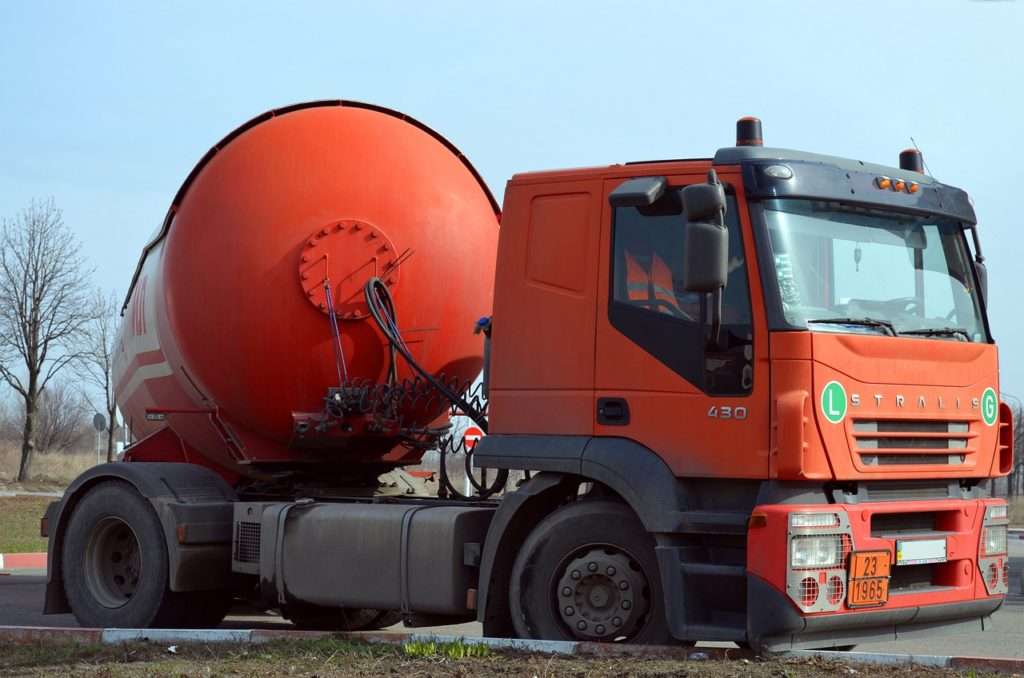Steel alloys are the go-to solution for various construction and manufacturing applications for countless reasons, but mainly due to its versatility. Over the years, metallurgists have continuously broadened the scope of steel alloys by tweaking compositions and fabrication processes to offer an ever-expanding grade portfolio. Yet, despite this incredible flexibility, there is an element of universality that links steel alloys, culminating in clear benefits and drawbacks.
The Benefits
Renowned throughout the construction world as a strong and sturdy material, steel enjoys the moniker of the industry’s toughest metal. Applied to an always evolving range of standards, specifications, and styles, steel alloys allow customers from all types of trade and industry to depend on it to provide a satisfactory solution.
The Drawbacks
Despite having a reputation as a rigid, high strength metal, it exhibits complex dynamic mechanisms that can inhibit performance in certain circumstances. For instance: Steel structures are prone to cracking at low temperatures. Prolonged periods of cold cause steel to weaken internally and on the surface through a process known as brittle-ductile transition which takes away much of its toughness and opens it up to damage.

ASTM A517 Steel: A Superior Solution
ASTM A517 steel was born from an identified need for a steel that could survive such conditions. Fabricated and strategically formed to fit a specialist set of specifications, ASTM A517 steel was designed and developed to combat the temperature-dependent conditions that were proven to be so detrimental to steel specifications of the past.
Due to the small but extremely significant portion of nickel that it contains, the capability of ASTM A517 steel to not only survive in extremely cold conditions but to thrive makes it the ideal choice for cold storage applications. The nickel that is blended into the component in the manufacturing stage maintains the material’s ductility in all temperatures.
Applications for LNG Road Tankers
ASTM A517 steel’s elevated abilities to absorb cold without cracking or shattering makes it the logical choice in the production of both mobile and stationary cold storage technology, particularly those transported by giant LNG road tankers. This paradigm of cold-strength steel has an edge in the production, containment, and storage of liquefied natural gas (LNG) and other cryogenic substances.
ASTM A517 B Steel Standards
One of Masteel’s most sought after and adaptable steel solutions is our ASTM A517 B grade. As a low-alloy pressure vessel grade rolled steel plate, it sticks to a strict standardization method.
Content gases, as well as the overall percentages of the composition’s properties are methodically monitored and controlled to ensure that the chemical balance of the finished article is conducive to liquid gas storage.
To enquire about how one of our many ASTM A517 grades of steel can be adapted to your particular applications, contact us to speak to a member of our knowledgeable team of experts today.
